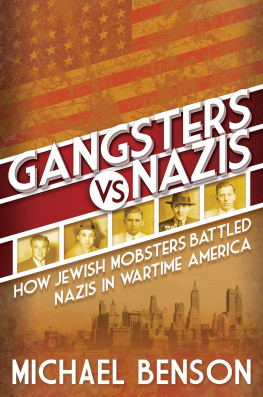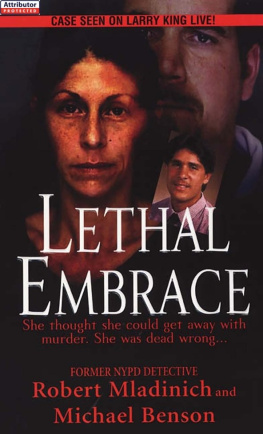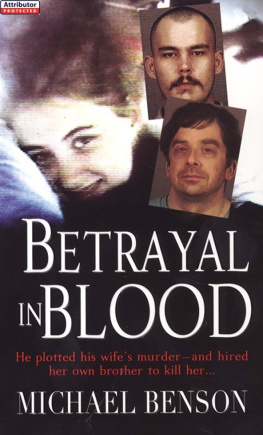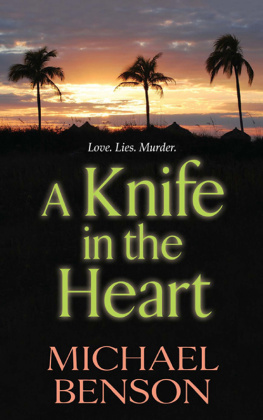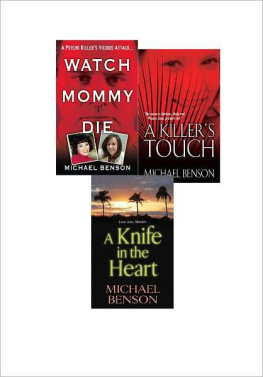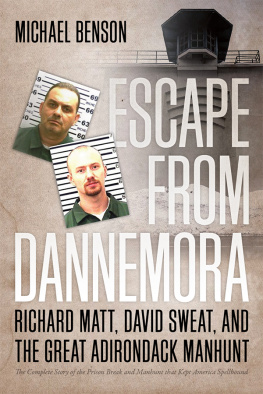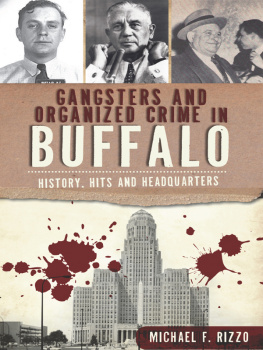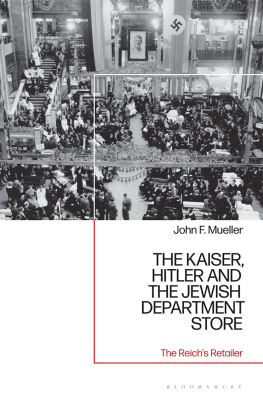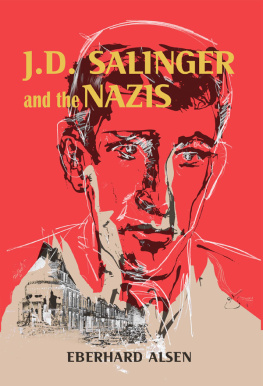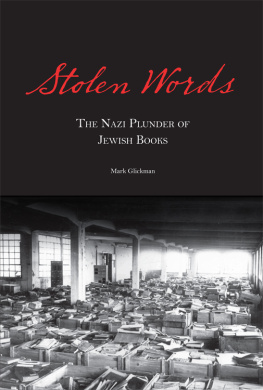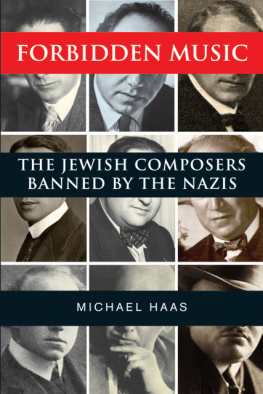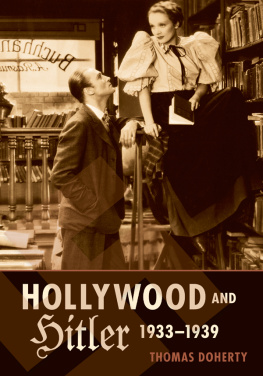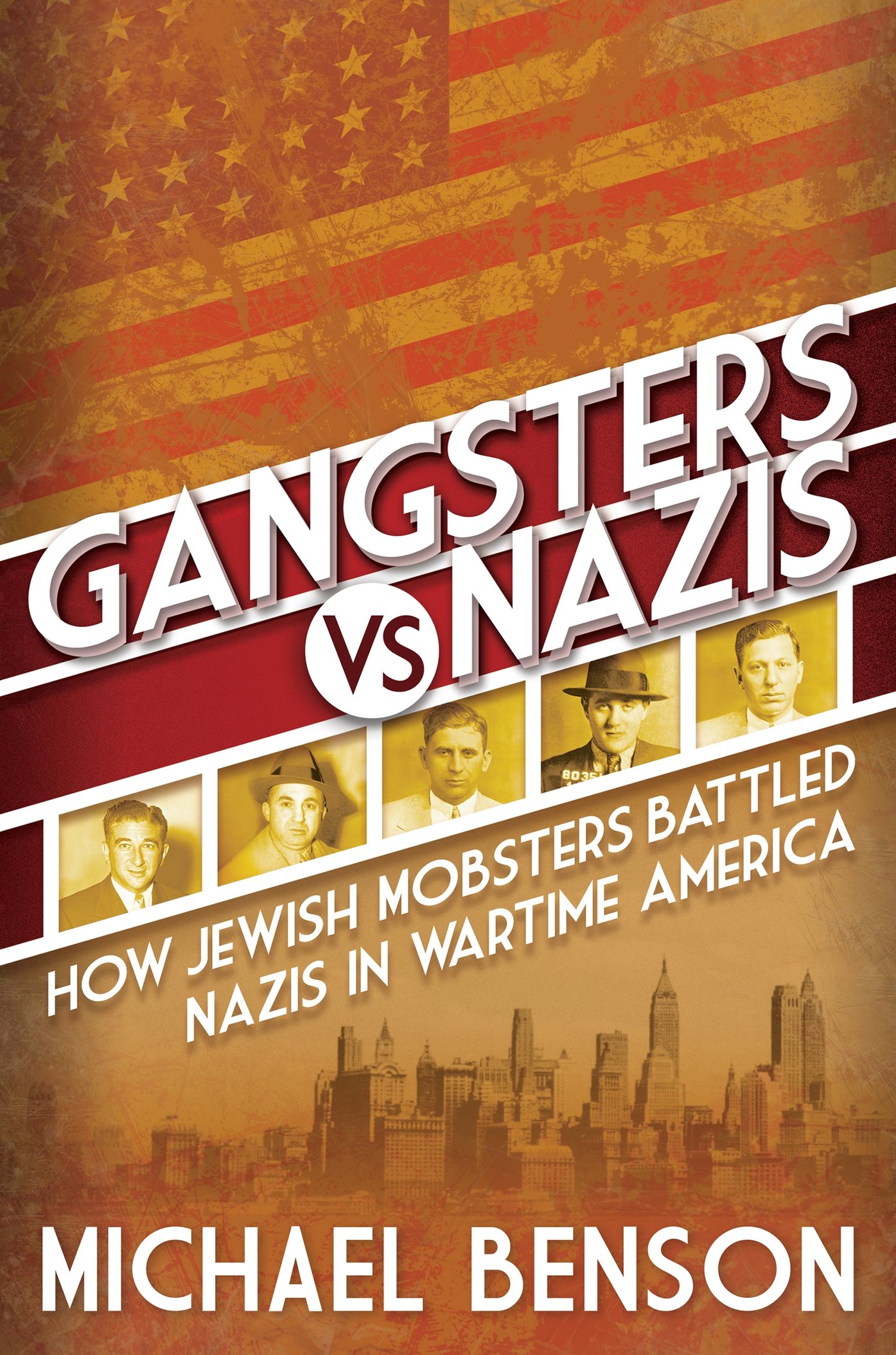INTRODUCTION
The Sock on the Jaw
So we raided the joint. We went over there and grabbed everything in sight, all their bullshit signs, and smacked the shit out of them, broke them up the best we could.
Nobody could pay me for this work. It was my patriotic duty.
M ICKEY C OHEN , 1938
Ive been a comic-book fan since the days when they cost only twelve cents apiece, which would be the midsixties. Back then, six empty Coke bottles for a comic book was an even trade at the corner store. Ive collected them, studied their history, and marveled at their adaptations into blockbuster summer movies.
So, I can state with confidence that the greatest comic-book cover in the history of the art form is Captain America Comics #1 drawn by Joe Simon and Jack Kirby. The comic was a product of Timely Comics, which would later change its name to Marvel.
Cover dated March 1941, CAC #1 hit newsstands a week before Christmas 1940. The date is important because it is close to a year before Pearl Harbor and the United States forced entry into the Second World War. In 1940, Adolf Hitler had just about conquered Europe and was bombing military and civilian targets in Great Britain. Jews were being brutalized and killed. Hitlers Italian allies had military control of the northern portion of Africa, and the Japanese had conquered large chunks of Asia and the islands of the Pacific. But there were still many in America who felt the country had no dog in the fight. American fascists argued that Hitler had the right idea because Jewish bankers and Jewish communists were behind the Great Depression that had painted 1930s America a dingy gray.
The bright red, white, and blue Captain America, as it turned out, was having none of that. Cap was the formerly puny Steve Rogers of Brooklyn, New York, who had been transformed by scientists wielding hypodermic needles into a supersoldier, a human being single-handedly capable of giving the Axis powers shaky knees.
The cover of CAC #1 was Caps introduction to the youth of America. It showed him bursting into Hitlers inner sanctum, coolly deflecting Nazi bullets from several guards with his star-spangled shield and planting a devastating right cross onto Hitlers jaw.
The meaning was clear. The evil Nazis needed gats, but even armed, they were no match for a knuckle sandwich dished out by a red-blooded American boy.
Of course, it was a dreamland, a pleasant fantasy for boys who might one day see action in the service of their country. But in some cities in America during the 1930s and the Great Depression, punching Nazis was a reality. And though none of the punchers wore a star-spangled costume and some of the punchers might not have seemed the type, they were all superheroes.
Since the end of World War II and the reveal of the Holocausts horrors, the predominant images of Jews versus Nazis were photographs of the liberation of the concentration camps, the starved Jewish men and women and children whod survivedand the dead, the uncountable dead.
Though we must never forget that nightmare, lest it happen again, I submit this additional volume to the Jews versus Nazis story, a volume in which tough American gangsterslike Meyer Lansky, Longie Zwillman, Sparky Rubenstein, Mickey Cohen, Abraham Kid Twist Reles, Buggsy Goldstein, and Harry Pittsburgh Phil Straussalong with journalists like Herb Brin and prizefighters Barney Ross, Nat Arno, Abie Bain, and Puddy Hinkes saw the evil of the Nazi menace during the late 1930s and, as would Captain America, socked it on the jaw.
This is the story of those epic fights between Hitlers American armiesone known as the Amerikadeutscher Volksbund, or the German American Bund, and another as the Silver Legionand those who took on those uniformed storm troopers in fisticuffs and battle royal brawls, an army of patriots composed of Jewish-Americans, demonstrating from coast to coast that a Nazi, too, could have problems.
While most Americans did not know the extent of Hitlers systemic genocide until after World War II, Americas Jewish communities knew that large-scale bad things were happening. In America, Jewish communities received letters from their European relatives that described the rounding up of Jews, with no one returning home.
So when a Jewish man heard the anti-Semitic slanders of the Nazi sympathizers, he knew where that hate speech was headed. Responding with violence didnt bother his conscience.
Make no mistake. The gangsters in this book are the good guys. To help explain why, we turn to Myron Sugerman, the son of Barney Sugerman, who fought Nazis on the mean streets of Newark, New Jersey. Myron grew up with these guys, and in 2016, he told Robert Wiener of New Jersey Jewish News about the Nazi wars during the Depression. For him, the stories of hoods busting Nazi noses were bedtime stories.
Myron rejected the notion that his father or any of the others could be considered a villain in any way. Gangsters. It was just a word. The word should have been survivors .
If a Palestinian Jew was born in Newark, hed be a gangster, Myron said matter-of-factly.
The Jewish mob has done the world a hell of a lot of good. It was instrumental in the creation of Israel. If thered been a Jewish mob in Germany in 1923 during the Beer Hall Putsch, Theydve shot Hitler, and history would have been a hell of a lot different.
For the ghetto of Newark, the Jewish mob was like the police. If the goyim came in looking to pick on Jews, the real police werent going to do anything about it. The gangsters were the protectors.

